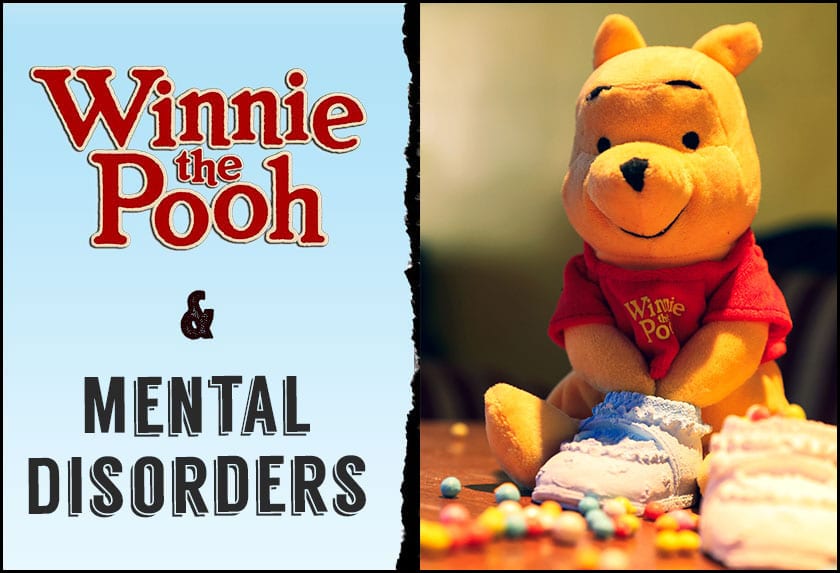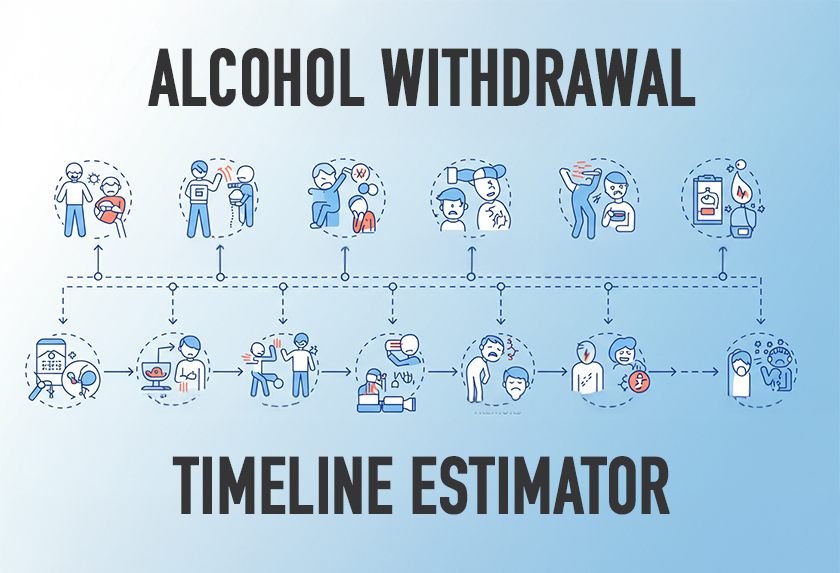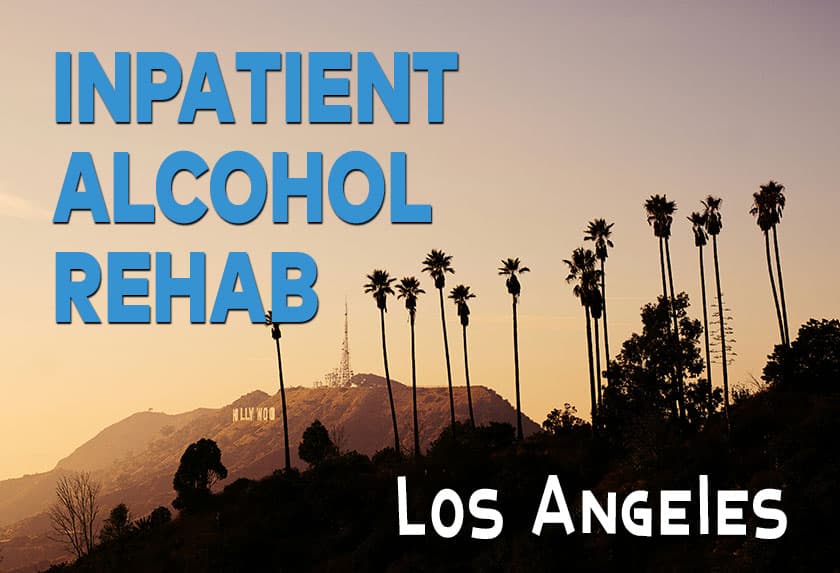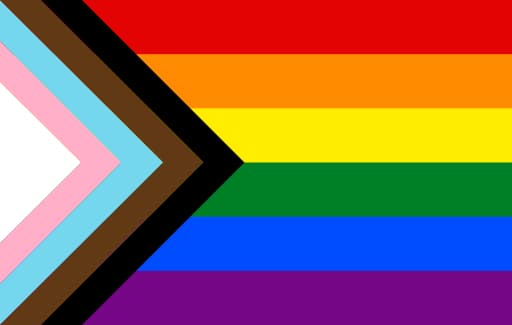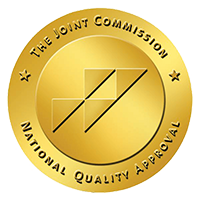Winnie the Pooh is a childhood classic. The story and its characters are instantly recognizable.
From Pooh’s rotund tummy peeking out from beneath his tiny, red shirt to Tigger bouncing from here to there on his spring-loaded tail, children and adults alike enjoy this classic tale of friendship.
But is there more to the story and its characters than meets the eye? Several studies and theories surround Winnie the Pooh mental disorders.
Does each character have an underlying mental illness? When examined, some of their behaviors and tendencies suggest exactly this.
Here, we’ll examine each character individually to determine what their personalities represent and what it means for mental health awareness.
Winnie the Pooh
Let’s start with the star – Winnie the Pooh himself.
At first glance, this jovial little bear with the smile on his face and an insatiable hunger for honey seems innocent and void of any mental illness. But at closer examination, many of his behaviors suggest otherwise.
First, let’s address his love of honey. While this may seem like a harmless craving for a sweet, sticky treat it may actually represent a combination of Attention Deficit Hyper-Activity Disorder (ADHD) and Obsessive-Compulsive Disorder (OCD).
Not only is Pooh bear fixated on honey 24/7, but he also has a habit of repetitive counting.
People suffering from ADHD struggle to focus on any one thing at a time. They’re often fidgety, anxious, impulsive, and show lack of restraint. They also engage in repetitive behaviors including persistent use of a single word, phrase, or action.
Sound familiar?
Other symptoms of ADHD found in Pooh bear’s character include the inability to focus, forgetfulness, and boredom. As lovable as Pooh bear is, his mood is often described as humdrum.
The potential OCD diagnosis in Pooh comes from his obvious obsession with honey, along with his obsessive need to count.
Others argue that his plump appearance and lack of willpower when it comes to honey are also signs of a possible eating disorder.
Eeyore
Moving onto the character that most people can agree has a clear-cut case of depression. Eeyore, though loveable, slowly drags himself around the Hundred-Acre Wood looking melancholy a majority of the time.
Even when he’s surrounded by friends, Eeyore lacks the energy or motivation to do much of anything. You rarely see him smile, get excited, or show emotion.
These are all common symptoms of Dysthymic Disorder – also known as a persistent depressive disorder.
People suffering from Dysthymic Disorder experience a low mood for two years or more. This form of depression is much more common than people realize, affecting as many as 3 million people per year.
Dysthymic Disorder is also described as chronic, mild depression, which is sometimes less severe than major depression.
Other tell-tale signs that Eeyore suffers from mild depression include hopelessness, low energy, no interest in normal activities, and low self-esteem. Eeyore believes no one cares about him or his feelings, despite protests from his woodland friends.
Tigger
Another character with some pretty obvious symptoms of an underlying mental illness is Tigger. He’s full of energy, can’t sit still, and has a very short attention span. These are all tell-tale characteristics of someone with ADHD.
Other symptoms include forgetfulness, the inability to focus, boredom, lack of restraint, excitement, and impulsivity. This last characteristic is one that’s especially worrisome.
Tigger’s character acts without thinking. He doesn’t consider the consequences of his behavior or potential outcomes.
What’s even worse is, his actions often affect those around him – specifically, his tiny, impressionable friend Roo. Tigger is what most would call a bad influence and is often seen leading Roo into trouble.
Tigger also has a very abrasive, overpowering personality that could be considered intrusive by some. This lack of self-control is commonly seen in ADHD patients.
Piglet
This petite Winnie the Pooh character warms our hearts with his smile and adorable stutter. But did you ever notice that Piglet is always a little anxious?
Piglet is often on edge, fidgety, and nervous. He blushes, laughs nervously, and shakes when he’s feeling anxious or uncertain. Piglet also gets increasingly anxious over irrational fears about common things like the dark and wind.
Not only is Piglet scared of these things but he also anticipates the worst-case scenario from almost every situation. Before doing anything, Piglet overanalyzes how things might go wrong, getting increasingly upset and flustered.
These ticks and nervous tendencies could be signs of an underlying mental illness. Piglet’s timid personality reflects that of someone with Generalized Anxiety Disorder (GAD).
Other common symptoms of GAD include irritability, difficulty concentrating, restlessness or feeling keyed up, and muscle tension.
Another interesting thing to note is that Piglet’s character appears to be a young child. The symptoms he expresses are synonymous with a child suffering from GAD.
Things like the inability to control worries, unrealistic fears, excessive anxiety, and apprehensive expectation, are all common among young children with undiagnosed cases of General Anxiety Disorder.
Rabbit
This Winnie the Pooh mental disorder is something very different from the ones mentioned previously. Rabbit’s character doesn’t suffer from a debilitating mental disorder but instead a classic case of narcissism.
Narcissism is a personality disorder (NPD) characterized by a sense of self-importance and an excessive need for both validation and admiration. Those with NPD show a lack of empathy toward other people and are often only concerned with their own needs and feelings.
So, how does Rabbit express these traits?
For starters, Rabbit portrays himself as the natural leader of the group. He is (in his opinion) the brightest of the group and therefore the one in charge.
Rabbit has an overwhelming need to be in control of most situations and organize (i.e. boss around) his friends and other groups. In all situations, Rabbit appoints himself the one in command.
He also has a distorted belief that he is somehow related to countless other species within the forest. This is another example of his need for self-importance at work.
It’s interesting to note that above all, Rabbit craves acceptance and validation, which may be undertones of low self-esteem.
While there’s no cure for NPD, it’s believed that therapy can help. In therapy, people with the same personality traits as this classic Winnie the Pooh character will develop more reasonable expectations of others and improved self-esteem.
Owl
The wise old Owl is another classic Winnie the Pooh character with some underlying developmental issues. Despite his intelligence, many signs point to the fact that Owl suffers from Dyslexia.
Dyslexia is a disorder that affects your ability to read, write, and speak. One of the most common symptoms associated with Dyslexia is mixing up letters and words when trying to read and write.
Owl is often seen trying to cover up his phonological shortcomings. Sadly, this is common among those suffering from undiagnosed Dyslexia.
The good news is, in reality, most cases of Dyslexia are identified and diagnosed early on. Teachers and parents are usually the first to notice a child is struggling with reading and writing.
In some rare cases, Dyslexia goes undetected into adulthood – which is clearly the case with poor, old Owl.
It’s important to recognize that Dyslexia is very frustrating for sufferers and can quickly lead to low self-esteem and depression. Children often consider themselves stupid or less-than when unable to keep up with their peers. This is why early detection and intervention are crucial.
Kanga
This loveable Winnie the Pooh character is one half of an adorable pair. Kanga, the mother to Roo, is a little overprotective by parenting standards. She exhibits some characteristics of a helicopter parent.
Although being a protective parent doesn’t qualify as a mental illness, these tendencies can lead to an unhealthy, co-dependent relationship between mother and child.
Other underlying characteristics imply that Kanga is a struggling single parent with a social anxiety disorder.
Social anxiety disorder, also known as social phobia, is characterized by intense anxiety, a fear of being judged, rejected, or negatively evaluated by others. Given Kanga is an apparent single parent, she may fear being judged for her shortcomings.
Kanga is only seen periodically throughout the Winnie the Pooh series, supporting the theory that she suffers from some form of social anxiety.
Roo
Similar to Tigger, Roo’s eagerness and hyperactivity indicate ADHD. Roo’s character is portrayed as a very young child, perhaps even a toddler, which makes some of these impulsive behaviors age-appropriate.
As mentioned previously, Roo naively follows Tigger wherever he goes, which is also indicative of an impressionable child. It also shows the power of peer pressure.
Some theories also indicate that Roo may suffer from some degree of Autism. The young Joey exhibits a lack of awareness of danger and trouble paired with carelessness. He’s also overly-fond of snuggling in his mother’s pouch.
While this is normal for a baby kangaroo (and even a child of such a young age) some people feel this behavior supports the co-dependency mentioned earlier, as well as being on the spectrum.
Roo also repeats everything he hears, which is indicative of those who are high-functioning Autistic. Other common warning signs include impulsivity, repetitive movements, inappropriate social interaction, obsessive interests, and trouble communicating.
Some poke holes in this theory given these are common behaviors for most young children and no guarantee that this Winnie the Pooh character was created to represent Autism awareness.
How to Treat These Winnie the Pooh Mental Disorders
Now, while Winnie the Pooh movies and books are crafted for entertainment purposes, the mental disorders discussed here are no laughing matter.
Here is a brief overview of how to treat these common mental disorders and where to seek help.
Attention-Deficit/Hyperactivity Disorder (ADHD)
ADHD is usually diagnosed in childhood following a clinical exam and medical evaluation. A professional trained in evaluating and diagnosing ADHD will meet with and test the child.
This is done using a series of tests, including an MRI, CT, or PET scan. Treatment includes medication and different forms of therapy.
Obsessive-Compulsive Disorder (OCD)
Most cases of OCD are first determined by self-diagnosis. Over time, the individual’s obsessive tendencies will interfere with their daily lives. When this becomes debilitating, most people seek help and treatment.
OCD behaviors come in many forms and are often specific to the individual. Some forms are treated with medication, while others utilize the help of medical professionals and therapists for a more holistic approach.
Narcissism Personality Disorder (NPD)
Narcissism Personality Disorder is different from many other Winnie the Pooh mental disorders mentioned previously. Often times, people with NPD don’t believe they have a problem and rarely seek help.
This is consistent with a narcissist’s belief that they’re superior to everyone else. For those who do recognize they have a problem, therapy and self-improvement are the quickest ways to recovery.
General Anxiety Disorder (GAD)
General Anxiety Disorder is fairly common and affects over 3.2 million people in varying degrees. For some, GAD is marked by constant worry and anxiety. For others, irrational fears and paranoia control and ultimately ruin their lives.
GAD is diagnosed using a mental health screening and a series of questions. Doctors may also try to determine any underlying causes or catalysts for the anxiety.
Anti-depressant medications are the most common way to treat anxiety disorders.
Dysthymic Disorder
Dysthymic Disorder is a long-term, chronic condition, therefore diagnosis usually occurs many years after symptoms first arise. Because the symptoms are so mild, some individuals never seek help.
Combined efforts of therapy and medication can help those suffering from Dysthymic Disorder lead a normal life.
Dyslexia
Dyslexia is an educational disorder, therefore it’s often diagnosed after a child enters school. Once a teacher or parent suspects Dyslexia, the child with be tested in reading, writing, vision, and undergo a psychological exam.
Although this learning disorder isn’t categorized as a mental illness, misdiagnosis can result in long-term emotional and psychological complications. These include depression and low self-esteem.
Social Anxiety Disorder
Many people shy away from chaotic or overwhelming social situations from time to time. But those with social anxiety disorder feel an intense fear over being judged by others and rejected by society. These fears can negatively impact an individual’s ability to form normal, healthy relationships.
Most people recognize and diagnose this type of anxiety disorder on their own but require the help of therapy or medications to treat it.
What Winnie the Pooh Mental Disorders Can Teach You About Yourself
Do any of these Winnie the Pooh mental disorders and their symptoms describe you or someone you know? If so, it might be time to seek help and treatment.
The professionals at Revive Detox can help diagnose and treat a wide range of mental disorders. Through therapeutic support, you can reclaim your life and independence.
Contact us today and let’s start you on the road to healing.
